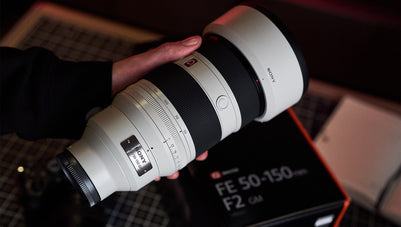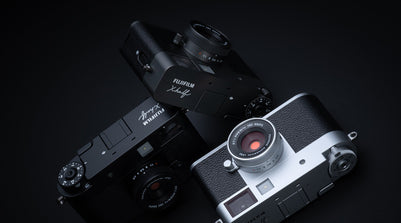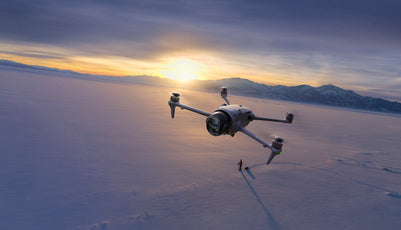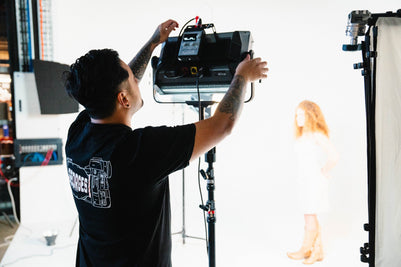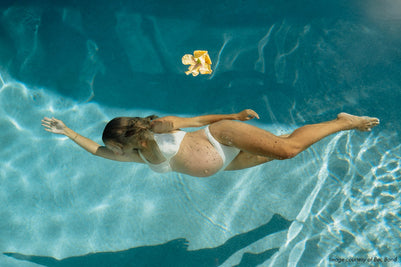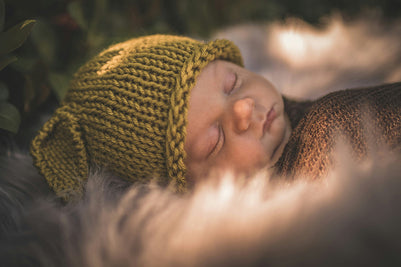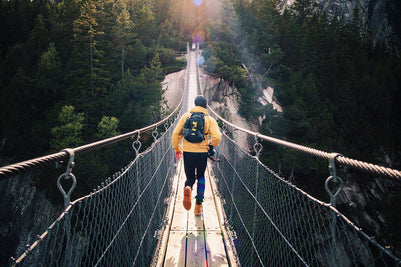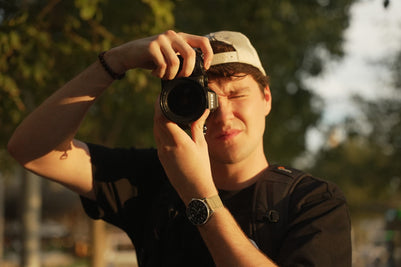Hoya 77mm Pro ND16 Filter
The Hoya 77mm Pro 1D 16x ND 1.2 Filter has several uses and offers the possibility to achieve otherwise unachievable results. ND filters appear grey and reduce the amount of light reaching the film. They have no effect on colour balance. Neutral Density filters enable the shooter to adjust exposure without affecting colour balance. ND filters appear grey and reduce the amount of light reaching the film. Neutral density filters are available in 1, 2, 3, or 4 stops to suit individual situations. Determining which neutral density filter yields ideal results for any given lighting situation takes knowledge, experience, and a collection of such filters. Speaking generally, the 2-stop value (ND 0.6) effectively compensates for average situations.
Hoya's digitally multi-coated glass greatly reduces the appearance of lens flare and ghosting caused by reflections. The filter frame is made from a black matte aluminium satin finish almite frame which reduces reflections. Almite is a coating used to help prevent corrosion. The black-rimmed glass contained in the filter reduces the chance of light reflecting off the edge. As a real benefit, each filter has a knurled edge to facilitate easy attachment and removal. Hoya has even included a UV protected plastic storage case to extend the life of the filter. In addition, the Pro 1D filter is a low profile (thin) design making it a great choice for the wide-angle shooting common in today's photo and video market.
The advantage of most Hoya filters is that Hoya puts, at least, one layer of anti-reflective coating on each side of their glass. It is not bare glass. Even if the glass is not multi-coated, this kind of production tends to minimize flare and ghosting.
Neutral Density Filters Have Four Main Uses:
To enable slow shutter speeds to be used, especially with high-speed films, to record movement in subjects such as waterfalls, clouds, or cars.
To decrease depth of field by allowing wider apertures to be used, which helps separate subjects from their background.
To decrease the effective ISO of high-speed film (above ISO 400) and allow it to be used outdoors in bright situations.
To allow cine and video cameras (which have fixed shutter speeds) to film subjects such as snow, sand or other bright scenes which could cause overexposure.
Neutral Density Factors:
ND.3 (exposure adjustment = 1 stop, reduces ISO to 1/2)
ND.6 (exposure adjustment = 2 stops, reduces ISO to 1/4)
ND.9 (exposure adjustment = 3 stops, reduces ISO to 1/8)
ND1.2 (exposure adjustment = 4 stops, reduces ISO to 1/16)
 If you'd like to know when it's due, we're here to help!
If you'd like to know when it's due, we're here to help! Call us during business hours at 02 9299 0177.
Call us during business hours at 02 9299 0177. Chat live with our team on-site.
Chat live with our team on-site. Or email us anytime at info@georges.com.au with the subject "Awaiting Arrival"
Or email us anytime at info@georges.com.au with the subject "Awaiting Arrival"Checking availability...
Request a Price Match
Fill out the price match form below, and we will be in touch shortly.
Product Overview
The Hoya 77mm Pro 1D 16x ND 1.2 Filter has several uses and offers the possibility to achieve otherwise unachievable results. ND filters appear grey and reduce the amount of light reaching the film. They have no effect on colour balance. Neutral Density filters enable the shooter to adjust exposure without affecting colour balance. ND filters appear grey and reduce the amount of light reaching the film. Neutral density filters are available in 1, 2, 3, or 4 stops to suit individual situations. Determining which neutral density filter yields ideal results for any given lighting situation takes knowledge, experience, and a collection of such filters. Speaking generally, the 2-stop value (ND 0.6) effectively compensates for average situations.

Need advice?
Speak to one of our dedicated Australian-based sales team members.
Request a Price Match
Fill out the price match form below, and we will be in touch shortly.



